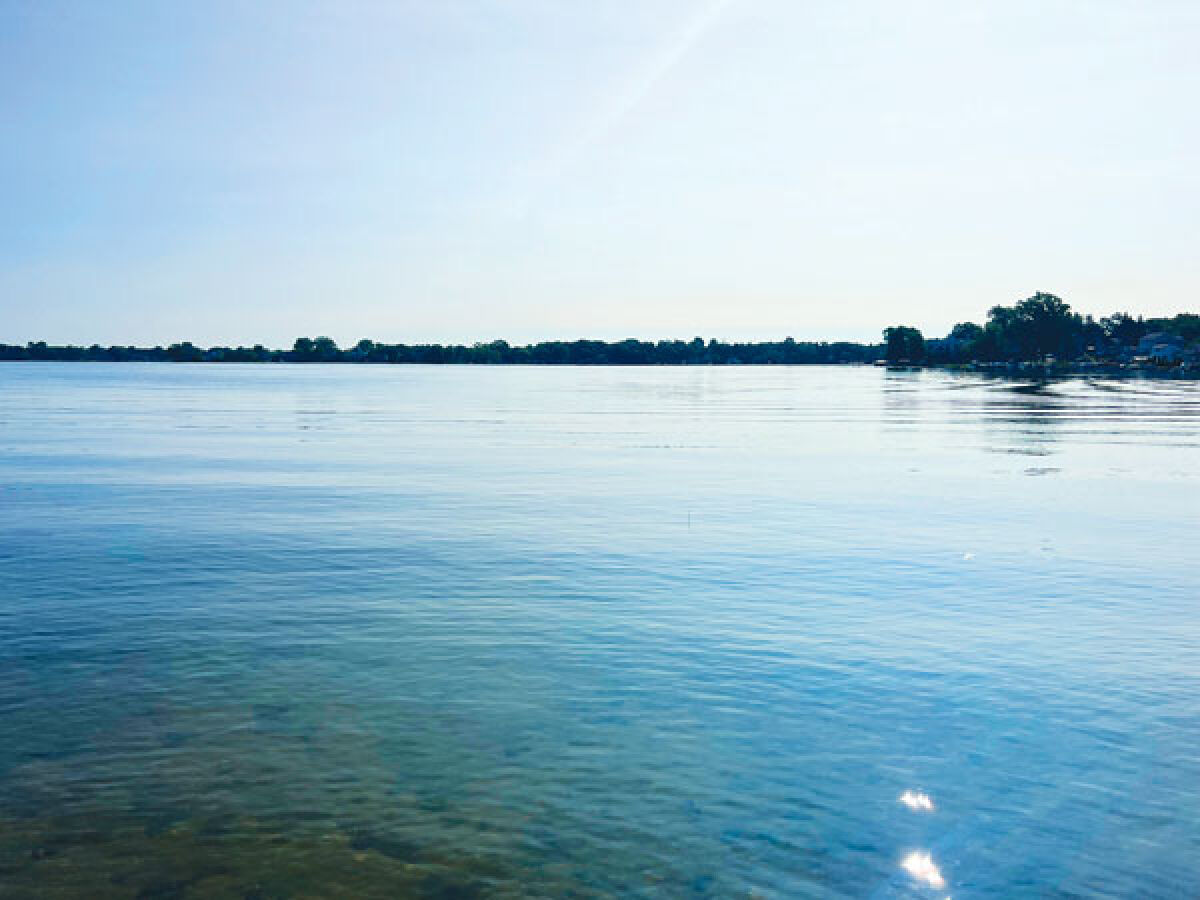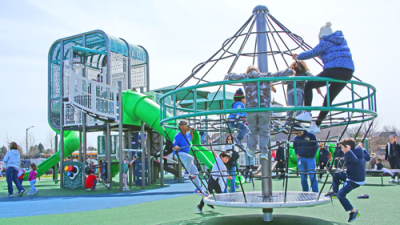OAKLAND COUNTY — Drowning is fast and silent, and it can take less than 30 seconds for someone to drown. In Oakland County, there have been 11 drowning deaths in 2024 alone.
The number of drownings in 2024 is a significant increase compared to 2023, which had three drownings. A “Vital Signs” study released by the Centers for Disease Control and Prevention in May found that an increase in drownings could be seen across America in recent years.
The study found that over 4,500 people died due to drowning each year from 2020 to 2022, which was 500 more per year compared to 2019.
Oakland County is home to 358 lakes, according to the Michigan Department of Natural Resources, making it the county with the highest number of lakes in all of Michigan. This easy access to lakes, boats and beaches increases the danger of drowning in the Oakland County area.
“Even if someone is a good swimmer, this can still happen to them,” National Drowning Prevention Alliance President Michele Long said. “No one should swim alone at any age, because no one is completely drown-proof.”
Many factors can lead to a drowning incident. According to ndpa.org, most teenage and adult drownings happen in natural and open waters such as lakes, rivers, ponds and oceans.
Drownings in Oakland County were caused by various dangers, including boating incidents, assisting someone else who was drowning, or in some cases, individuals drowned because of their limited swimming ability.
In one drowning case that took place on Taylor Lake the morning of July 20, a 20-year-old Detroit man, Marsalis Quintin Carter, lost his life while trying to save two of his coworkers who were struggling to stay above water.
Carter’s mother, Daileen Carter, was presented with a citizen citation honoring the heroism of her son, who was able to save his two coworkers from drowning.
Going in to save multiple people from drowning is something that takes a lot of strength, especially if the individual involved does not have lifesaving training, according to Long.
Witnesses validated that Carter was probably exhausted while trying to save the two individuals and went underwater and never came back up, according to a press release.
Long said that, more often than not, the person trying to save an individual from drowning will end up drowning.
“Emotions play into that very strongly; the thing to do is, unless you’re trained in lifesaving, throw something to them that they can use as a flotation device. We have a lot of people, unfortunately, that have drowned trying to save someone else and do the right thing,” Long said. “So, getting someone and yelling to the people around you to call for help and then throwing something out is the best thing to do.”
The first step to preventing a potential drowning incident is to take swim lessons. According to the CDC, over 40 million adults in the U.S. do not know how to swim, and nearly half, 54.7%, have never taken a swim lesson.
“It is important that you start out with basic swimming, because swim lessons, no matter what, are going to be important,” Long said. “Swimming lessons in general can save a life and can reduce the risk of drowning by 88%.”
Swimming lessons are not only for kids, and often swim lesson facilities or recreational centers offer children and adult swim classes. Some swim lesson organizations offering adult lessons in Oakland County include Royal Swim School, the YMCA, SafeSplash and more.
“No one should have to lose a loved one to drowning. Improving access to effective prevention strategies, like basic swimming and water safety skills training, can reduce drowning risk,” Tessa Clemens, a health scientist in the CDC’s Division of Injury Prevention, said in a press release.
To find the best option for swim lessons, it is recommended to look online. There are a wide variety of options available across Oakland County.
Oakland County offers educational programs dedicated to lake safety throughout the year. Boating safety courses are offered by the Oakland County Sheriff’s Office at no charge. More information on these courses can be found at oakgov.com.
Long also said that it is important for people to be aware of the environment they are going to be swimming in, especially when that environment is a lake.
“In pools you have your fences, your locked doors, but also in open water you need to understand what you’re swimming in, looking at the weather, or you should be in a U.S. Coast Guard life vest if you are not a proficient swimmer,” she said.
Wearing a life vest is a major key to provide a sense of safety and reassurance.
Lakes have unseen dangers that can cause drownings. Water currents can sweep swimmers away and tire them out, water depth can suddenly change, and underwater hazards can trap swimmers, keeping them from swimming back to shore or up from the bottom, according to the National Park Service at nps.gov.
Wearing a life vest is a reliable way to prevent these hazards from turning a fun day into a tragic one. The main purpose of a life vest is to prevent drowning, keep a swimmer afloat if they get tired and give the person time while awaiting rescue.
According to the National Park Service, there are three basic kinds of life jackets that can be chosen based on activity or swim level.
Inherently buoyant life jackets are made of primarily foam and are low maintenance, making them both comfortable and reliable. They are designed for both swimmers and nonswimmers. They come in adult, youth, child and infant sizes.
Inflatable jackets are lightweight and comfortable, and they are only available in adult sizes. According to NPS, these should not be worn by weak swimmers or nonswimmers.
Hybrid life jackets are reliable and available in adult, youth, child and infant sizes. They are recommended for both swimmers and nonswimmers, and some are designed specifically for different water sports.
When choosing a life jacket, it is important to remember that the vest must be U.S. Coast Guard-approved. This can be found on the label of the life jacket. It is also recommended to choose a brightly colored life jacket that can be easily spotted.
To be sure that the life jacket fits, the individual should test if it fits comfortably, and snugly, by fastening and securing the straps and raising their arms. If the vest slides up, it is too big. This can also be tested by someone else pulling the jacket up at the shoulders, and it should not go above the ears.
“It is kind of like having a seat belt; you have to be wearing it for it to work,” Long said. “Even if you don’t think you’re going in the water, you have got to have that life vest on.”
In a press release regarding one of the drowning incidents, Oakland County Sheriff Michael Bouchard emphasized the importance of safety precautions.
“A source of great fun and joy can become a location of tragedy as we have seen far too often in our lakes this summer,” he said. “I encourage people to have emergency capabilities nearby including floatation devices and watch each other while in the water. If you are not a strong swimmer, it’s a good idea to wear a floatation device.”
For more educational resources on water safety, and programs to learn CPR and first aid, visit oakgov.com, the Great Lakes Surf and Rescue Project at glsrp.org, the American Red Cross at redcross.org, or the CDC at cdc.gov.
 Publication select ▼
Publication select ▼


























